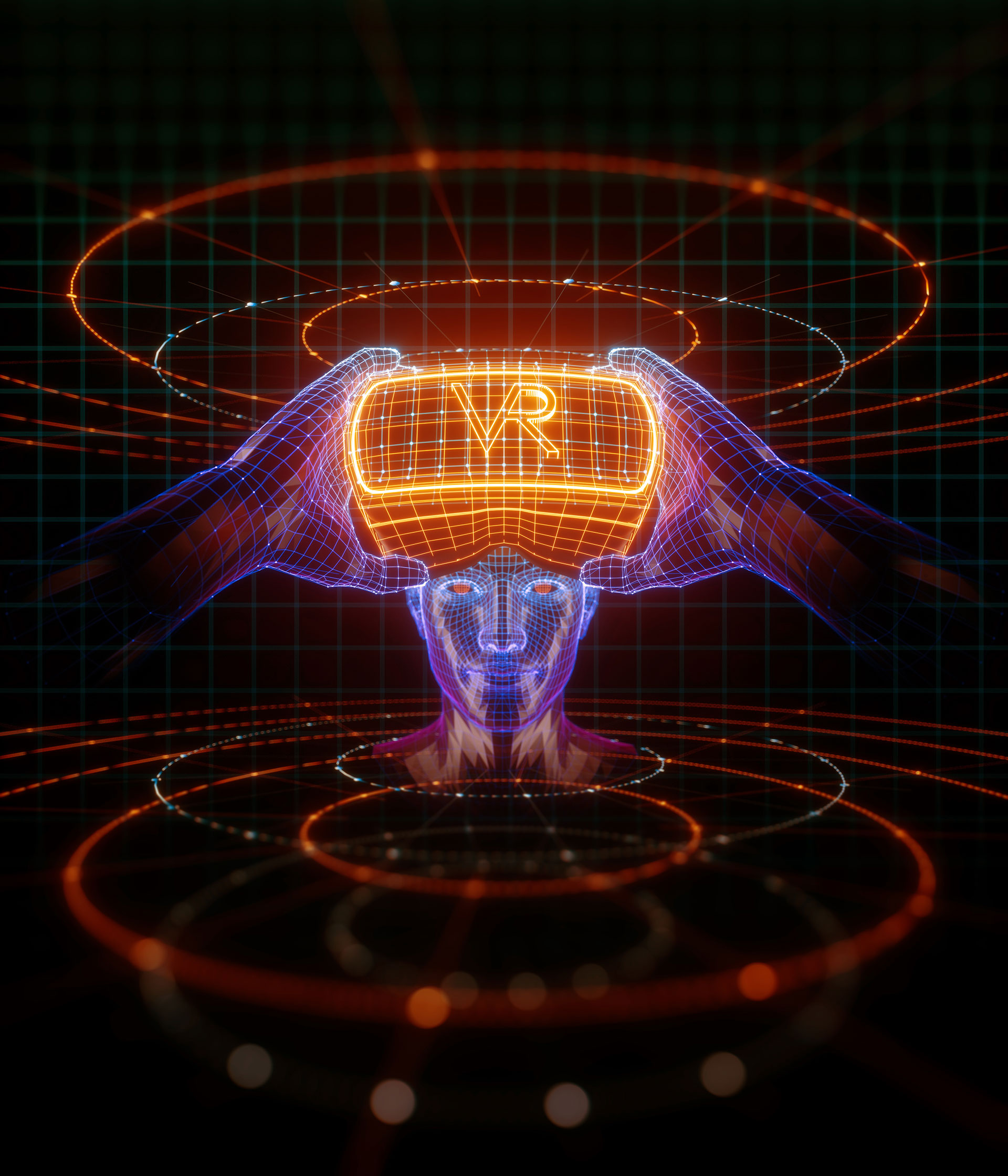Virtual reality (VR) technology has steadily gained traction in the global gaming industry, revolutionizing how we interact with digital content. This immersive technology has not only transformed the gaming experience but has also significantly influenced the style and design of marketing in recent years. A recent news article explored gaming hardware’s current development and design, which was interesting.
“The advent of VR has necessitated the creation of specialized hardware capable of supporting the high-quality graphics and rapid response times required for a seamless VR experience. Traditional gaming consoles and PCs often lack the processing power to handle VR, leading to the development of dedicated VR gaming systems. These systems, such as the Oculus Rift and HTC Vive, are equipped with powerful processors and high-resolution displays to deliver a truly immersive gaming experience.
Moreover, VR has also spurred the development of innovative gaming peripherals. Traditional gaming controllers are often inadequate for VR gaming, as they do not allow for the full range of motion and interaction that VR offers. To address this, manufacturers have developed motion-sensing controllers and haptic feedback devices that allow players to interact with the virtual world in a more intuitive and realistic manner. These devices, such as the PlayStation Move and the Oculus Touch, use advanced motion tracking technology to translate the player’s physical movements into in-game actions.
In addition to these, VR has also influenced the design of gaming headsets. Traditional gaming headsets are primarily designed for audio output, but VR headsets need to incorporate high-resolution displays and motion tracking sensors. This has led to the development of specialized VR headsets, such as the Samsung Gear VR and the Google Daydream View, which are designed to provide a comfortable and immersive VR experience.
The influence of VR on gaming hardware is not limited to the development of new devices. It has also led to significant advancements in existing hardware technologies. For instance, the demand for high-quality VR experiences has driven improvements in graphics processing technology. Graphics processing units (GPUs) have become more powerful and efficient, enabling them to render high-resolution VR graphics without overheating or draining the system’s resources.
Furthermore, the rise of VR has also spurred advancements in display technology. Traditional gaming displays often lack the resolution and refresh rate required for a smooth VR experience. To address this, manufacturers have developed high-resolution, high-refresh-rate displays specifically for VR. These displays, such as the OLED displays used in the Oculus Rift, provide a crisp, smooth visual experience that is essential for immersive VR gaming.
In conclusion, the growing influence of virtual reality on global gaming hardware is undeniable. This immersive technology has not only transformed the gaming experience but has also driven significant advancements in gaming hardware. From dedicated VR systems and innovative peripherals to improvements in existing technologies, VR is reshaping the gaming hardware landscape. As VR continues to evolve and mature, we can expect to see even more exciting developments in gaming hardware in the future.”
Original article here.









